Ladakh’s Nepal links
For 400 years, Nepalis have built, worked and died fighting in India’s strategic region
For a moment after landing at Leh airport, Nepalis can be forgiven for thinking they have just arrived in Jomsom. The drive into the capital of India’s Union Territory of Ladakh situated at 3,500m offers many other similarities: the arid terrain, surrounding snow-capped peaks, prayer flags fluttering everywhere, chortens and stupas.
Although situated on the western edge of the Himalaya, it is as if the geology, culture, language and religion of Mustang leapfrogged 15,000km over northern India to transplant itself here.

Pangong Tso stretches 160km to the east into China, and could be mistaken for Phoksundo in Dolpo, except that at 4,300m it is the world’s highest salt-water lake.
A 30 minute drive south of Leh is Shey Gomba, a namesake of a similar-looking monastery in Dolpo. This ancient palace and shrine has two gilded copper statues of the sitting Buddha which were crafted by Nepali artisans that Ladakh’s King Delden Namgyal brought over from Nepal 400 years ago.
One of the statues is 8m tall and has the name of the Nepali sculptor, Sanga Zargar Wanduk, inscribed on it. Legend has it that 8kg of gold and 120kg of copper were used and the statue took 20 years to make.

Head monk Jigden of Shey Gompa with the 400-year-old gilded Buddha made by Nepali artistans.
“As far as we know, in 1655 Deldan Namgyal asked the King of Kathmandu to send the artisans to build the two statues to honour his father, King Sengge Namgyal,” head monk Jigden told us.
Thirty Nepali metalsmiths were brought to Ladakh, and after completion of the work they settled down near the Shey monastery after King Deldan gave them property. Others were offered farmlands 35km away in Chiling, and some in Chemde.
We tracked down one of the descendants of the original Nepali artisans. Phunchuk Dorje, 52, is a goldsmith with a shop inside a warren of narrow alleys in Leh.

Phunchuk Dorje (left) whose artisan ancestors were brought from Nepal to make the Shey Buddha.
“Yes, my ancestor was the chief artisan who was brought from Nepal by the King of Ladakh to make the Buddha statues, but he and others stayed here,” says Dorje, who went to Nepal with his grandfather and father in 1990 to trace his forebear’s family and home village, and thinks they came from Solu.
But Dorje did manage to find old ledgers where his grandfather's name was still entered as ‘Pambar Sunar’. Sunar is a Nepali occupational surname for a goldsmith. It was his father who took up the name Dorje, and he adopted a local Tibetan name.
In Ladakh, the descendants of Nepali craftsmen are still called ‘Shergar’, which also means goldsmith, and the craft seems to have been passed down over the generations to Dorje.
Dorje says he is both a Hindu and Buddhist, worshipping Ganesh, the Buddha and revering the Dalai Lama. In his altar at home, Dorje has a small bronze Ganesh that his grandfather brought from Nepal, and he now regards it as his family’s patron deity.
(1).jpg)
Thiksey Monastery near Lah that is also called the 'Mini Potala'
Dorje’s father worked for the Indian Army, and once, after he became very ill, doctors gave up on saving his life and asked the family to take him home. Dorje prayed fervently to Ganesh, and says that within a week his father got well.
Four hundred years after his forefather came to Ladakh, Dorje says he still has a strong attachment to the land of his ancestors, and has married a Nepali-speaking woman.
Fascinated that Nepali visitors have come to see him, he confesses: “I have this strange fixation on finding out where exactly in Nepal my ancestors came from. If I had more money I would go to Nepal again on a search mission.”
History and geography

Like Mustang, Ladakh is in the trans-Himalayan plateau. Only one third of the territory is today under Indian administration after the Aksai Chin region was annexed by China in the 1962 war. Pakistan controls the western half of Kashmir that includes parts of Ladakh.
These are still volatile borders, which is why there is a strong Indian military presence in the strategic mountainous territory. At least 20 Indian and four Chinese soldiers were killed in clashes in 2020-21 between Indian and Chinese troops in Galwan, north of Leh.
The 3-month battle in Kargil in July-September 1999 between India and Pakistan was serious enough to be called the Kargil War in which more than 1,000 soldiers were killed on both sides.
Many of those who died in various wars against Pakistan and China were Gorkha soldiers from Nepal well acclimated for mountain warfare in high terrain. They were posthumously honoured with gallantry medals, and their names and photos are displayed in the Hall of Fame, 10km from Leh. Some of them:
Dying away from home
Major Hari Chand engaged Pakistani troops at elevations of 5,500m in 1948 and helped India gain control of Leh. He was awarded the Mahavir Chakra medal for gallantry.
Lt Col Dhan Singh Thapa fought till the end against Chinese troops in October 1962.
Second Lieutenant Min Bahadur Gurung fought alongside Lt Col Thapa and charged a Chinese mortar position, destroying it before being killed. He was posthumously promoted to Lt Col, awarded India’s highest medal for valour, the Param Vir Chakra. A border post on the western shore of Pangong Tso was named after him.
.jpg)
Lance Corporal Rabi Lal Thapa was awarded the Mahavir Chakra for saving an Indian unit from Chinese attacks in Ladakh in October 1962.
Capt Manoj Pandey was awarded the Param Vir Chakra. He was killed in Kargil in July 1999.
Other Nepalis were awarded Mahavir Charka for bravery in various other battles since 1948 against Pakistani and Chinese troops: Maj Rajesh Adhikari, Lance Corporals Prem Gurung and Nara Bahadur Ale.
But today, it almost seems as if there are more tourist buses than military vehicles and more tourists than soldiers in Ladakh. Indian visitors ‘discovered’ Ladakh after the 2009 Bollywood hit The Three Idiots was filmed at Pangong Tso, and in 2012 Jab Tak Hai Jaan was shot on location in Ladakh.
“It will be difficult to run Ladakh’s businesses without Nepalis.”

Chandra Ghising from Sindhuli has been working in Leh for 15 years.
The Tibetan Kitchen in Leh is open from noon till midnight, but is so busy that entry is only allowed with table reservation. The restaurant is run entirely by 36 Nepalis from managers and chefs to waiters.
“There is no other reason we are so popular, we have the best food,” says manager Gyan Pun Magar simply. “Just look at that line outside.”In the town of Merak near the Chinese border, the Grand Himalayan Hotel is also run entirely by Nepalis.

Gyan Pun Magar, Nepali manager of the Tibetan Kitchen.
“Ladakh would still be here without Nepalis, but it would be difficult to run businesses here without us. From soldiers to cooks to rafting guides, we run everything,” says Rana Bahadur Pandey, who runs a bakery and migrated here from Nuwakot 25 years ago.
Indeed, a new Buddhist stupa being constructed on the outskirts of Leh is being built almost entirely by Nepalis, just like their ancestors who sculpted the gilded Buddhas of Shey Monastery 400 years ago.

Milan Pathak (in orange) and fellow rafting guides from Nepal on the Zanskar River.
Along the highway from Leh to Pangong, Siddhi and Sujit Pariyar from Jumla are selling herbs and aromatic oils to tourists. There are 15 others from Jumla selling Nepali herbal products who spend summers here, and return home to their families for Dasain with their earnings.
“When the monsoon off-season stops trekking, mountaineering and rafting in Nepal, we move to Ladakh,” says Milan Pathak, a rafting guide. Like others, Pathak runs white water on the Kali Gandaki, Bhote Kosi and Trisuli back home, and comes here for three months to raft on the Zanskar River, a tributary of the Indus. They head back in September at the start of the autumn rafting season in Nepal.
The Zanskar River runs about 200km before it joins the Indus and the Nepali guides offer day trips of 35km, or half-day packages of 14km.
.jpg) Photos: DIRGHA RAJ UPADHYAY
Photos: DIRGHA RAJ UPADHYAY

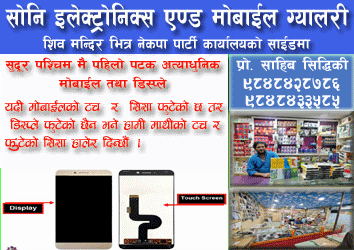
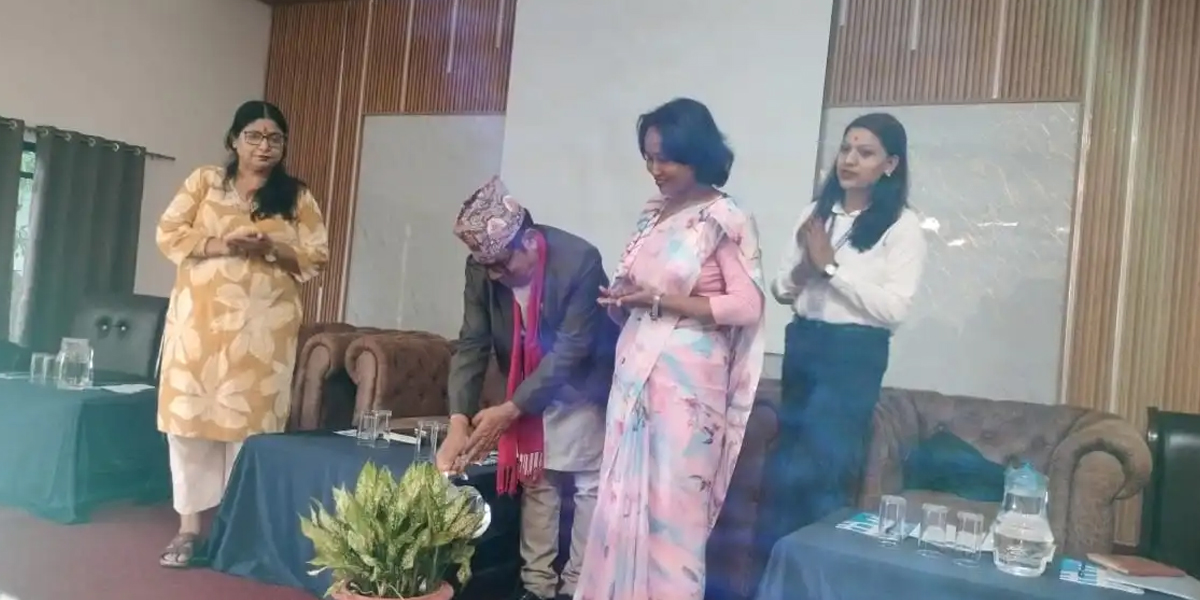
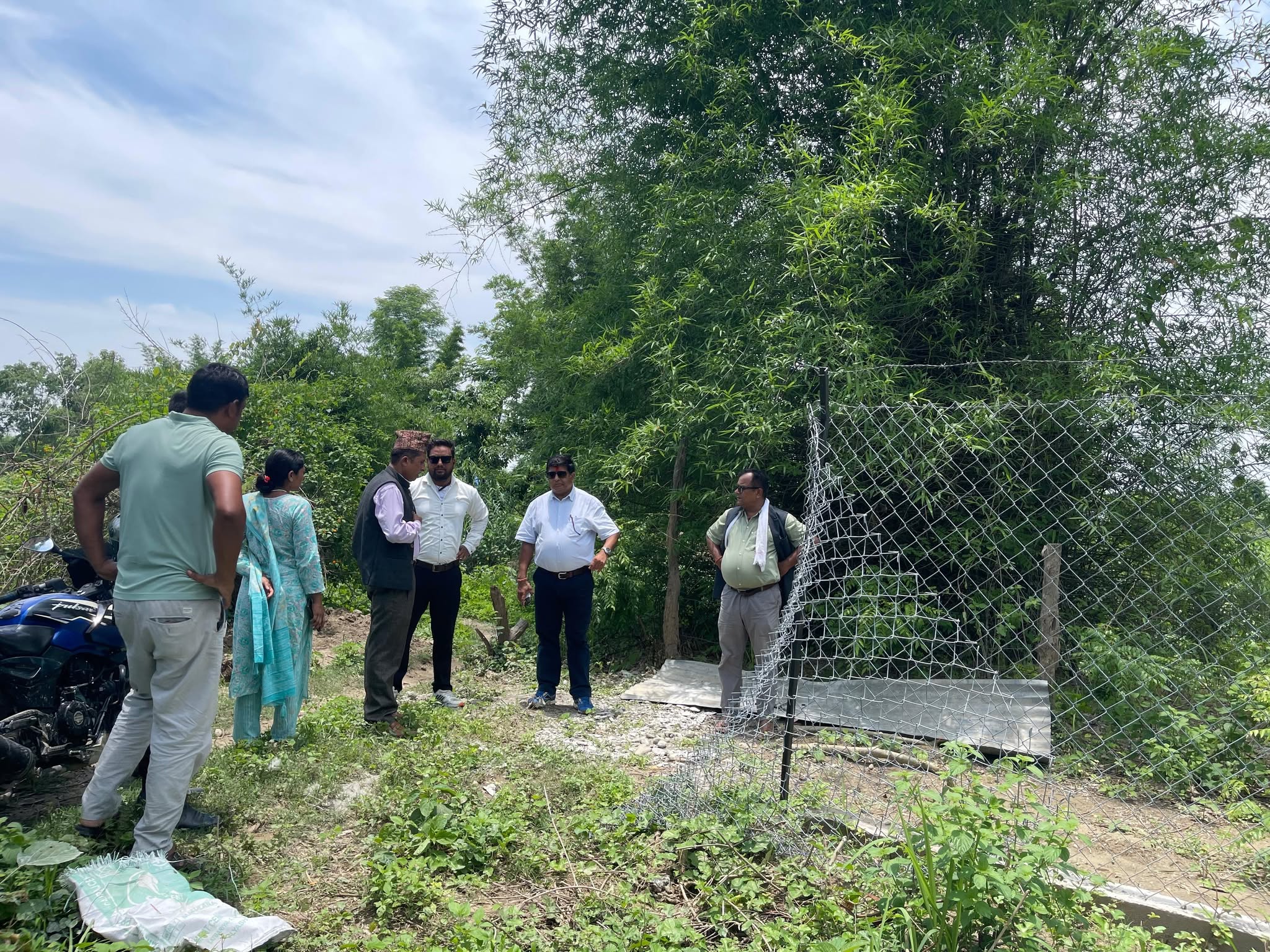
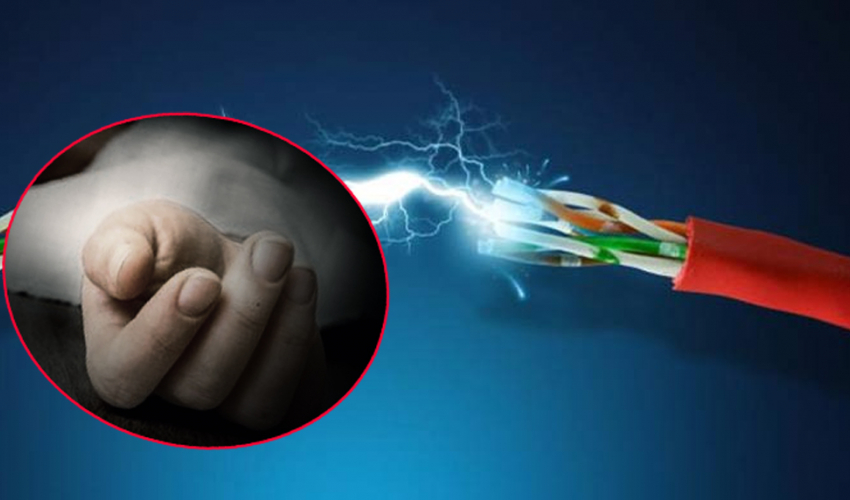
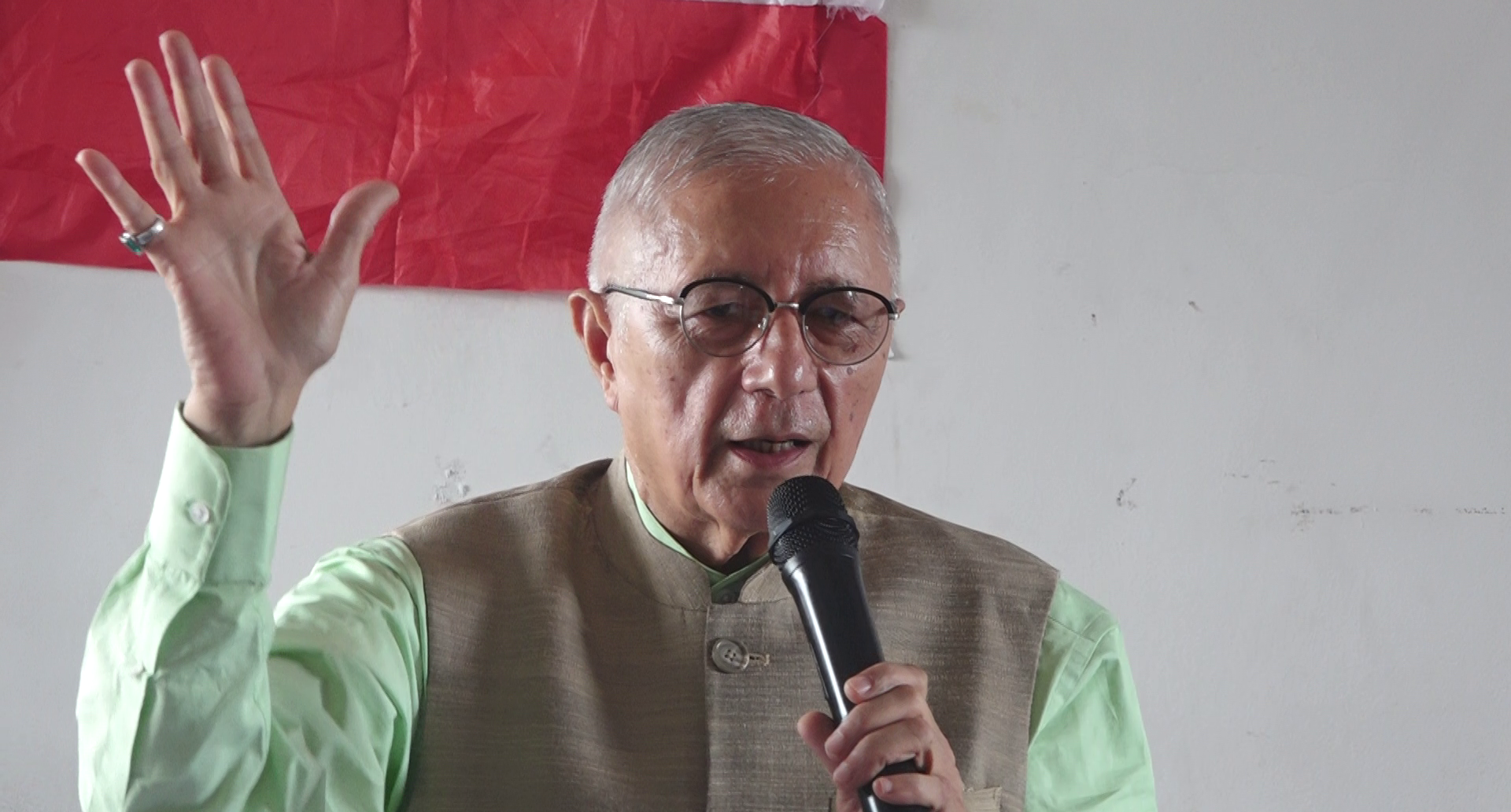
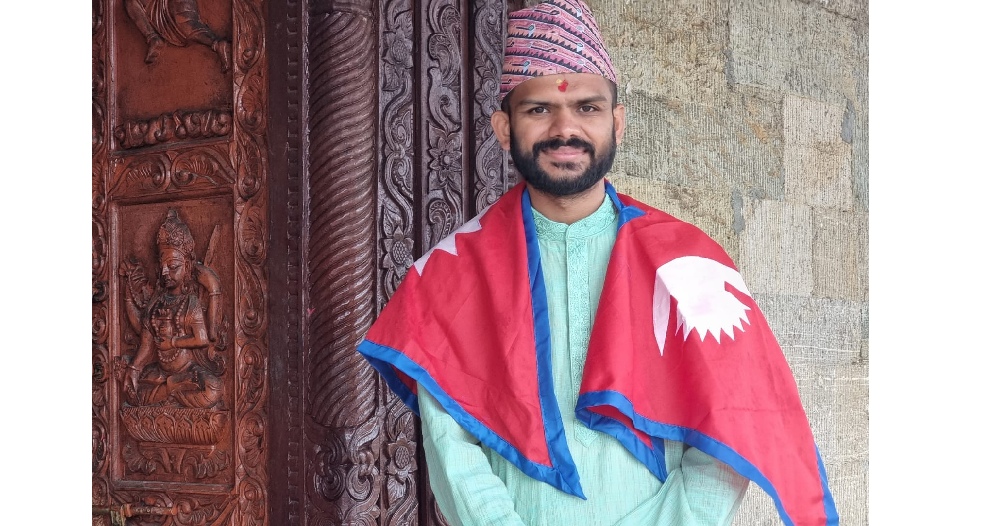
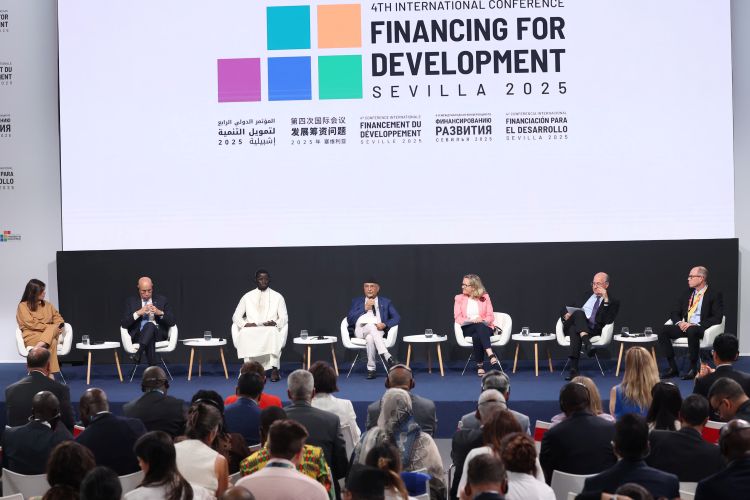
तपाईको प्रतिक्रिया